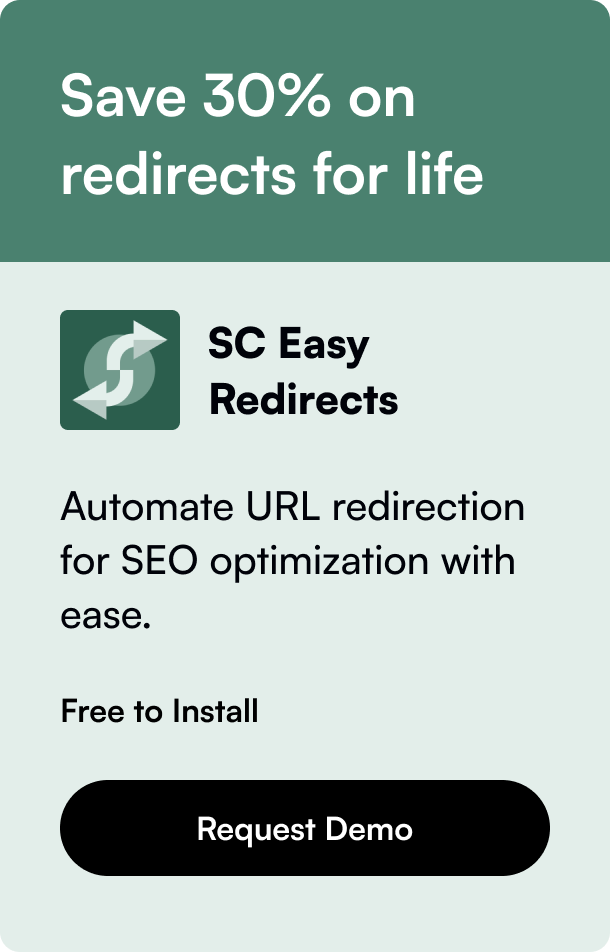Table of Contents
- Introduction
- Integrating Shopify with Amazon: A Win-Win Strategy
- The Integration Process: Step-by-Step Guide
- Conclusion
Introduction
In today's e-commerce landscape, diversifying your sales channels is not just a strategy but a necessity for business sustainability and growth. Have you ever wondered about the potential benefits and the process to link Shopify to Amazon? This synergy can significantly expand your reach and visibility, giving you access to millions of new customers. In this comprehensive guide, we'll explore why integrating Shopify with Amazon could be the game-changer your business needs, providing a step-by-step approach to achieving this seamlessly. Whether you're a seasoned seller on Shopify contemplating expansion or a new entrepreneur looking to make your mark, understanding how to effectively combine these platforms will set the foundation for your success.
Integrating Shopify with Amazon: A Win-Win Strategy
Amazon, with its vast customer base, and Shopify, known for its user-friendly and versatile e-commerce platform, together offer a unique opportunity for businesses to maximize their sales potential. By integrating Shopify with Amazon, you unlock a multitude of benefits that can turbocharge your business growth.
Why Consider Integration?
- Extended Reach: Amazon's global presence gives your products unparalleled visibility, exposing your brand to millions of active buyers.
- Enhanced Customer Trust: Selling on a reputable platform like Amazon adds credibility to your brand, as customers trust Amazon’s customer service and return policies.
- Streamlined Operations: Sync your Shopify inventory with Amazon, making inventory management effortless and reducing the risk of overselling.
- Optimized Fulfillment: Take advantage of Amazon's Fulfillment by Amazon (FBA) service, ensuring fast and reliable shipping to your customers, potentially enhancing customer satisfaction and loyalty.
Requirements Before You Start
Before diving into integration, ensure you meet the following prerequisites:
- Amazon Professional Seller Account: Essential for linking to Shopify and accessing Amazon's suite of tools for sellers.
- Compliance with Amazon’s Policies: Ensure your products comply with Amazon’s selling guidelines and restrictions.
- UPC Codes for Your Products: Vital for listing products on Amazon.
- In-depth Market Research: Understand Amazon’s competitive landscape to strategically price and position your products.
The Integration Process: Step-by-Step Guide
Step 1: Register on Amazon Seller Central
First off, sign up for an Amazon Professional Seller account at sellercentral.amazon.com. Fill in the required details and select the subscription that best suits your business needs.
Step 2: Add Amazon as a Sales Channel in Shopify
Navigate to the “Sales Channels” section in your Shopify dashboard. Although Shopify has discontinued its direct Amazon sales channel support, you can easily add Amazon using third-party apps available in the Shopify App Store such as Amazon by Codisto or CedCommerce Amazon Channel. These apps facilitate seamless integration, allowing for inventory synchronization and order management directly from Shopify.
Step 3: Optimize Your Listings for Amazon
Before listing your products, it’s crucial to understand Amazon’s SEO and how to optimize your product titles, descriptions, and images to stand out. Utilize high-quality images and include relevant keywords in your product listings to improve visibility.
Step 4: Manage Your Inventory
Ensure your inventory is accurately reflected across both platforms. The integrative apps typically offer real-time synchronization, reducing manual work and minimizing errors.
Step 5: Fulfill Orders Efficiently
Decide on your fulfillment strategy—whether self-fulfilled or through Amazon FBA. Each has its benefits, but leveraging FBA can significantly enhance your customers' shopping experience thanks to Amazon’s swift and reliable shipping.
Step 6: Analyze and Optimize
Use analytics tools provided by both Shopify and Amazon to track your sales performance, customer behavior, and market trends. Regular analysis helps identify areas for optimization and enables data-driven decision-making, further driving sales and profitability.
Conclusion
Linking Shopify to Amazon opens a gateway to exponential growth, tapping into new markets and leveraging the strengths of both platforms. While the setup requires careful planning and initial effort, the long-term benefits — increased sales, broader market reach, and enhanced customer satisfaction — are undeniable. Start your journey today by following the above steps and prepare your business for success.
Frequently Asked Questions
Q1. Can I sell on Amazon without a Professional Seller account?
A1. No, you need an Amazon Professional Seller account to integrate with Shopify and access comprehensive selling tools.
Q2. How do I manage inventory across both platforms?
A2. Use third-party integration apps from the Shopify App Store, which offer real-time inventory syncing between Shopify and Amazon.
Q3. Can I use FBA for orders placed on Shopify?
A3. Yes, by integrating Shopify with Amazon, you can fulfill your Shopify orders using Amazon FBA, leveraging Amazon’s efficient fulfillment network.
Q4. How does selling on Amazon benefit my Shopify store?
A4. Selling on Amazon increases your brand’s visibility, helps build trust with new customers, and can drive additional traffic to your Shopify store.
Q5. Is it necessary to optimize my listings for Amazon?
A5. Absolutely. Optimizing your product listings with relevant keywords and high-quality images improves search visibility on Amazon, attracting more potential buyers.








